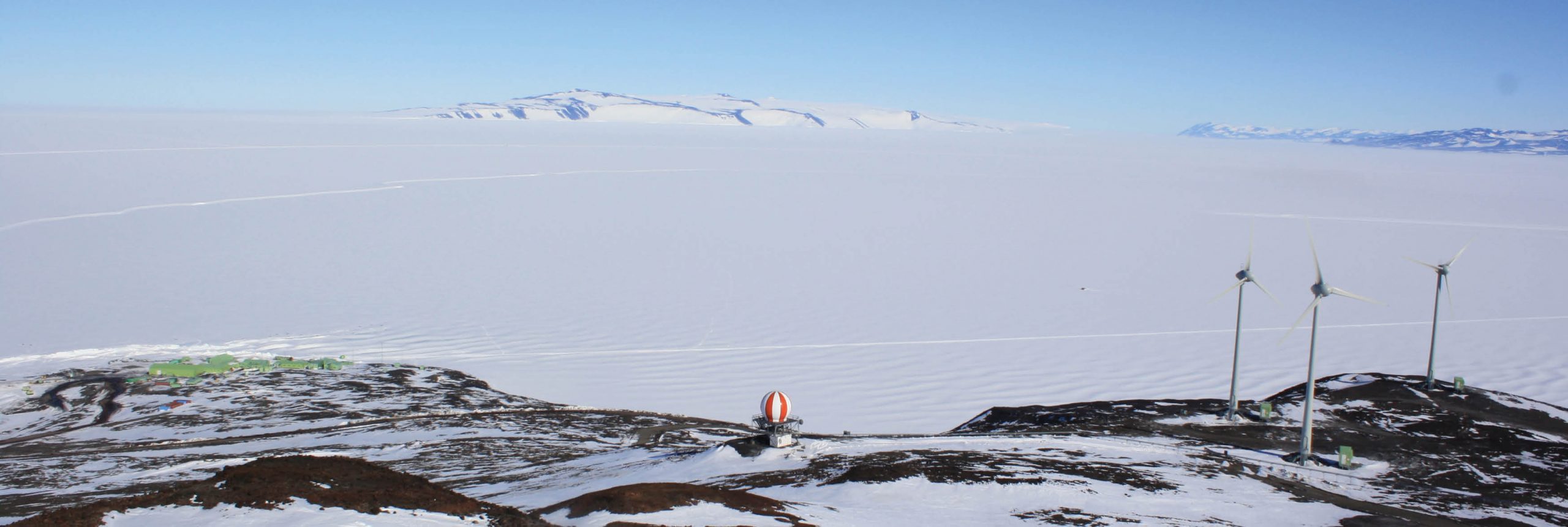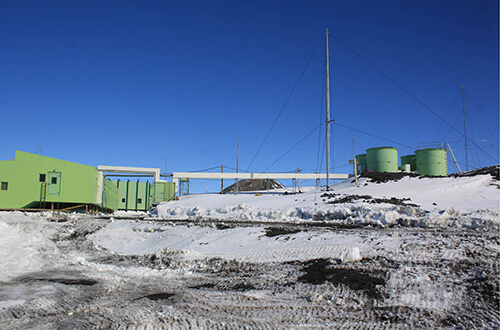Relative Impacts of Seafreight and Airfreight
It can be generally assumed that airfreight produces greater CO2eq emissions than seafreighting the same item. However, in terms of provisioning Scott Base, seafreight requires the use of a support icebreaker, which has a very high fuel requirement. In 2010-11 AntNZ shipped 189t southbound, with data provided indicating 50% additional fuel is required if airfreight is selected over seafreight.

Food-related Waste
Recommendations are made for four food-related waste areas:
- lowering the food waste ratio to 20%
- ensuring staff adhere to standard operating proceduers regarding the use of food items past ‘use by’ and ‘best before’ dates, so that relevant food safety standards are met
- Supply ex Christchurch non-frozen expedition food and airfreight with the event team
- Invest in specialised food shelving solutions so stock control, ease of counting, and correct storage of food is readily facilitated.

Post-use Recycling
Current post-use recycling systems for aluminum, glass, steel, batteries, paper, cardboard, plastics, aerosols, and batteries are robust, and do not require modification.

Stockpiling Building Materials and Equipment
It was found that for every 1000 kg of freight sent each year to Scott Base only 210 kg of freight is returned each year. Opportunities are identified to increase the quantity and speed of ‘not required’ items being returned to NZ.




